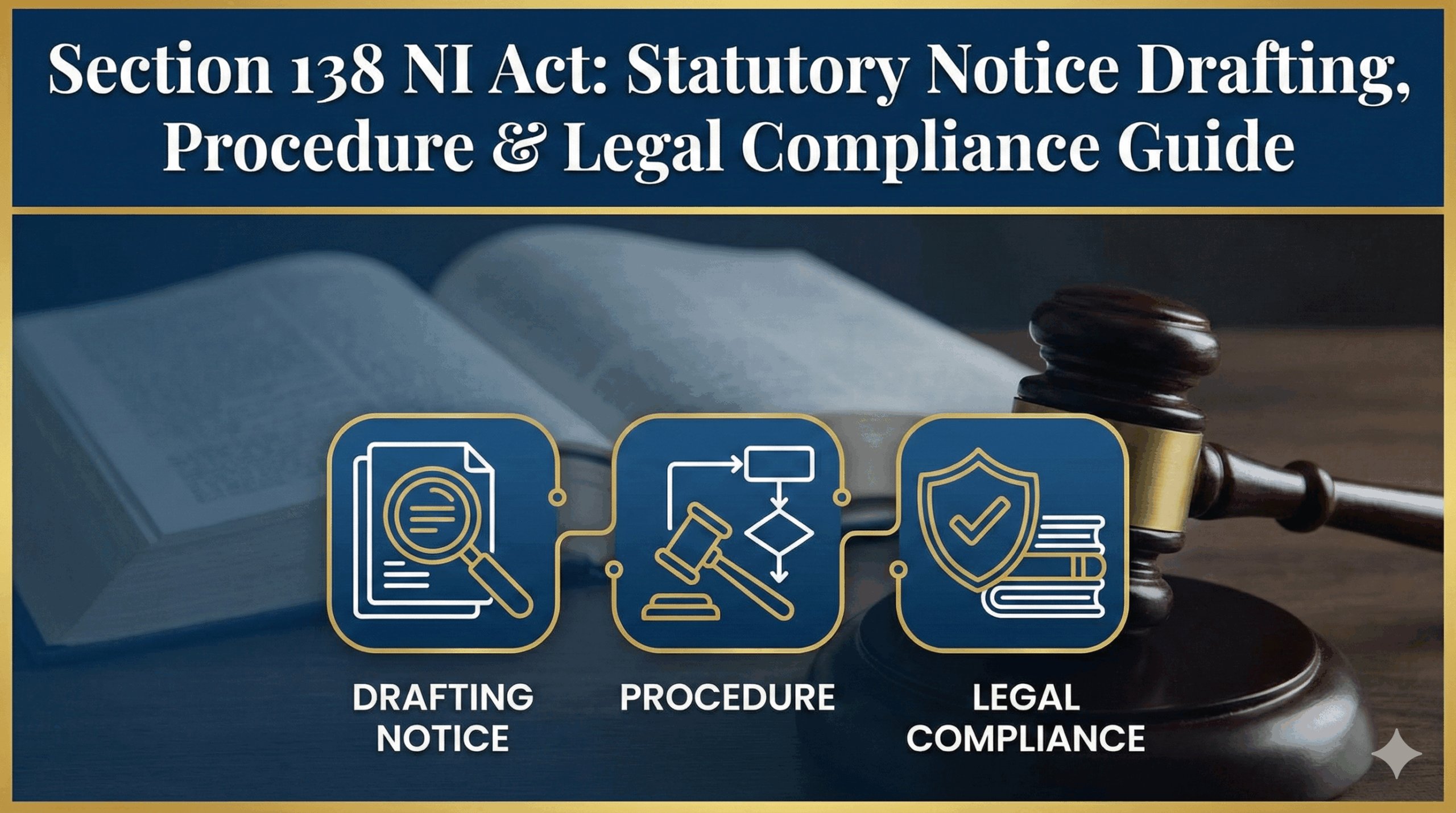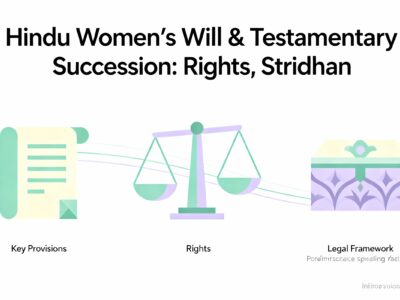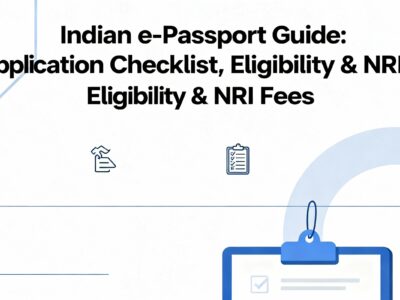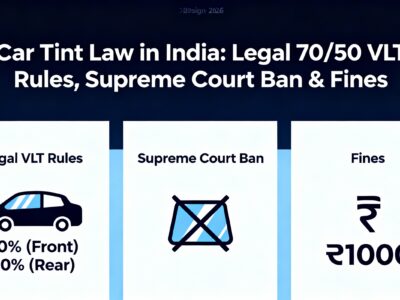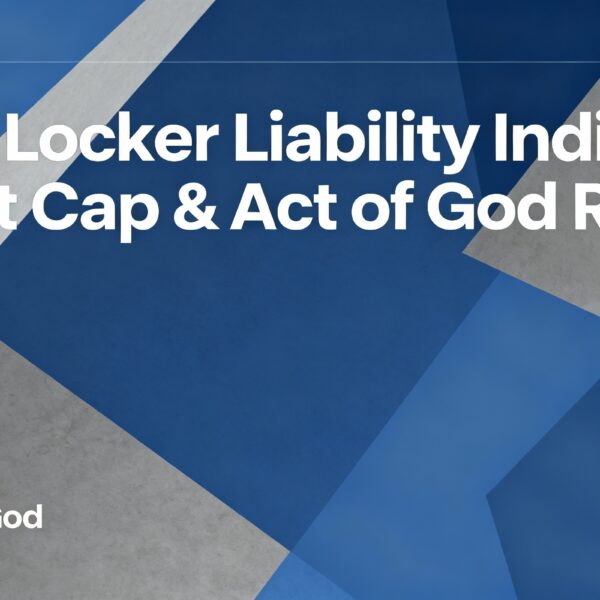Navigating the complexities of money recovery in India can be challenging. A well-drafted legal notice is your most powerful first step, serving as a formal demand and the foundation for any future legal action.
Whether you’re dealing with unpaid invoices, a bounced cheque, or a personal loan default, this comprehensive guide by Evaakil.com, breaks down the entire process.
We will explore the strategic importance of the notice, the legislative framework including the Code of Civil Procedure and Section 138 of the Negotiable Instruments Act, and the critical role of digital evidence to ensure you are fully equipped to recover your outstanding dues effectively.
Legal Notice for Money Recovery in India
A complete strategic and procedural guide to effectively recovering outstanding dues through legal channels in India.
Section 1: The Strategic Imperative of the Legal Notice
In the intricate landscape of financial disputes in India, the legal notice for the recovery of money stands as a foundational and strategically critical instrument. It is far more than a simple demand for payment; it is a formal declaration that marks the transition of a dispute from an informal disagreement to a matter of legal contention. Its issuance is often the first, and sometimes only, step required to resolve outstanding dues, serving a dual purpose as both a powerful catalyst for settlement and an indispensable cornerstone for future litigation.
1.1 Defining the Legal Notice
A legal notice is a formal, written communication from a creditor to a debtor, typically via an advocate. Its primary function is to provide a final, official warning, articulating the debt and the creditor's intent to pursue legal recourse if unsettled. Unlike informal reminders, a served legal notice establishes an undeniable legal fact: a formal demand was made.
1.2 The Dual Purpose: Settlement Catalyst & Litigation Foundation
The Two Paths of a Legal Notice
Path 1: Amicable Settlement
The notice compels the debtor to take the claim seriously, leading to a swift, out-of-court resolution. This saves time, money, and stress.
Path 2: Foundation for Litigation
If ignored, the notice becomes crucial evidence in court, proving the creditor's good faith effort to resolve the issue before filing a suit.
How Financial Disputes are Typically Resolved
The legal notice is highly effective, resolving a majority of cases before they reach court.
1.3 The Psychological and Legal Weight of an Advocate's Notice
While an individual can send a notice, one from an advocate's office carries exponentially greater weight. It signals a definitive escalation, communicating that the creditor is serious and has invested resources to pursue the matter legally. This "formality threshold" alters the debtor's risk calculation, making them far more likely to comply.
Section 2: Foundational Prerequisites for a Valid Claim
Before a legal notice can be dispatched, the claim must rest on a solid legal foundation. These three pillars—a legally enforceable debt, adherence to the statutory limitation period, and sufficient evidence—form a "legal tripod." If any leg fails, the entire claim collapses.
The Legal Tripod: 3 Pillars of a Valid Claim
1. Legally Enforceable Debt
The obligation must arise from a lawful transaction (e.g., contract, loan, unpaid invoice). Courts will not enforce claims related to illegal activities.
2. Within Limitation Period
A suit for money recovery must be filed within 3 years from the date the debt became due, as per the Limitation Act, 1963. A "time-barred" debt cannot be recovered legally.
3. Sufficient Evidence
The burden of proof is on the creditor. Strong evidence like contracts, invoices, cheques, and communication records is essential to substantiate the claim.
2.1 Nuances of the Limitation Period
The 3-year limitation period is not always absolute. Section 18 of the Limitation Act, 1963, provides a crucial exception: the clock can be reset. If the debtor, before the expiry of the initial 3-year period, makes a written and signed acknowledgment of the debt (e.g., via email, letter, or even a reply to the notice), a fresh limitation period of 3 years begins from the date of that acknowledgment. Similarly, a part-payment of the debt before the expiry also resets the clock. This makes strategic communication vital.
Section 3: The Legislative Framework Governing Money Recovery
The process of money recovery in India is supported by a multifaceted legislative framework. A legal notice is the common first step that preserves the creditor's right to pursue one or more of these remedies, often simultaneously.
3.1 The Code of Civil Procedure, 1908 (CPC)
The CPC is the bedrock of recovery suits, offering two routes: the standard Ordinary Civil Suit and the faster Summary Suit (Order XXXVII) for claims based on written instruments. In a summary suit, the debtor must seek the court's permission to even defend the case, making it a powerful tool for clear-cut claims.
3.2 The Negotiable Instruments Act, 1881 (NI Act)
Section 138 of this Act provides a quasi-criminal remedy for dishonoured cheques, carrying penalties of imprisonment up to two years or a fine up to double the cheque amount. For this, a legal notice is a mandatory statutory prerequisite.
Mandatory Timeline for Section 138 (Cheque Bounce)
Cheque is Dishonoured
The process begins when the bank returns the cheque unpaid.
Step 1
Send Legal Notice (Within 30 Days)
Creditor MUST send a demand notice to the debtor within 30 days of receiving the cheque return memo.
Step 2
Payment Grace Period (15 Days)
The debtor has 15 days from receiving the notice to make the full payment.
Step 3
File Complaint (Within 1 Month)
If payment is not made, the creditor can file a criminal complaint within one month after the 15-day period expires.
Step 4
3.3 Indian Contract Act, 1872 & Indian Penal Code, 1860 (IPC)
The Contract Act provides the basis for claiming compensation for breach of contract. In cases involving fraud or deceit from the outset, criminal provisions under the IPC, such as Section 420 (Cheating), can also be invoked alongside civil remedies, adding another layer of pressure on the debtor.
3.4 The Insolvency and Bankruptcy Code, 2016 (IBC)
For debts owed by corporations (including LLPs) exceeding ₹1 crore, the IBC offers a potent and time-bound recovery mechanism. An operational creditor (e.g., a supplier of goods/services) can issue a 'Demand Notice' under the IBC. If the corporate debtor fails to pay or raise a genuine dispute within 10 days, the creditor can file an application to initiate the Corporate Insolvency Resolution Process (CIRP). The threat of losing control of the company often compels even the most recalcitrant corporate debtors to settle dues swiftly.
Section 4: The Anatomy of an Effective Legal Notice
An effective legal notice is a masterclass in precision and legal foresight. It's a "plaint-in-waiting," designed to be unambiguous and serve as a blueprint for a potential court filing. This drafting process itself is a crucial due diligence mechanism.
Anatomy of a Legal Notice
4.1 Common Drafting Errors and Their Consequences
Vague Statements:
Using unclear language like "a sum of money" instead of specifying the exact principal and interest. This allows the debtor to dispute the amount.
Incorrect Recipient Details:
Minor errors in the name or address can be used by the debtor to claim they never received the notice, invalidating the service.
Exaggerated Claims or Threats:
Including amounts not legally due or threatening actions beyond legal scope can damage the creditor's credibility in court.
Failing to Specify a Deadline:
Not giving a clear timeframe (e.g., 15 or 30 days) for payment makes the demand ambiguous and weakens the ground for immediate litigation.
Section 5: The Procedural Protocol: A Step-by-Step Guide
The effectiveness of a notice depends on meticulous execution. The law emphasizes that the debtor must be given a fair and verifiable opportunity to receive the communication.
- Consultation & Document Collation: Engage a competent advocate and provide all facts and supporting documents.
- Drafting the Notice: The advocate drafts the notice on their letterhead. The creditor must verify all facts for accuracy.
- Serving the Notice: This is a critical step. The gold standard is Registered Post with Acknowledgment Due (RPAD). The signed acknowledgment card is conclusive proof of service. Speed post and couriers are also valid.
- Record Keeping: Meticulously preserve a copy of the notice, the postal receipt, the tracking report, and the signed acknowledgment card.
- Waiting Period: Wait for the stipulated deadline (e.g., 15 or 30 days) to expire while monitoring for a response.
5.1 What if the Debtor Refuses to Accept the Notice?
This is a common tactic. However, Indian law has established the principle of "deemed service." If a notice sent via Registered Post to the debtor's correct and last known address is returned with a postal remark like "Refused," "Not Claimed," or "Left," the law presumes that the debtor was given an opportunity to receive it but chose not to. In the eyes of the court, this is considered valid service, and the creditor can proceed with litigation as if the notice had been accepted.
Section 6: Post-Notice Strategy and Escalation to Litigation
The debtor's response—or lack thereof—provides vital strategic intelligence. Based on this, the creditor can calibrate their litigation strategy for maximum effectiveness.
6.1 Analyzing the Debtor's Response
- Full Payment: Ideal resolution.
- Settlement Offer: Opens the door for negotiation.
- Formal Reply: Provides a preview of the debtor's legal defense, which is invaluable for preparing a counter-strategy.
- Silence: A strong indicator of a weak defense, signaling that aggressive litigation is the best path forward.
6.2 Initiating Legal Proceedings
If the debtor fails to comply, the creditor files a suit in the appropriate court, determined by territorial (location) and pecuniary (monetary value) jurisdiction. The legal notice and proof of service become primary evidence in this suit.
Comparative Analysis of Legal Remedies
Use the filters to compare remedies based on key factors.
| Feature | Summary Suit | Regular Civil Suit | Sec. 138, NI Act | Sec. 420, IPC |
|---|---|---|---|---|
| Primary Goal | Swift recovery | Recovery of money | Punitive action | Punishment (criminal) |
| Speed | Very Fast | Slow | Moderate | Slow |
| Mandatory Notice? | Recommended | Recommended | Yes, Mandatory | Recommended |
| Potential Outcome | Decree for money | Decree for money | Imprisonment/Fine | Imprisonment/Fine |
6.3 The Role of Alternative Dispute Resolution (ADR)
Even after a notice is sent, litigation is not the only option. If the debtor is willing to negotiate but disputes certain terms, methods like mediation or arbitration can be highly effective. These ADR mechanisms are often faster, cheaper, and more flexible than traditional court proceedings. A legal notice can even propose engaging in mediation as a first step if the primary demand is not met, showing the court the creditor's willingness to act reasonably.
Section 7: Annotated Master Template
This advocate-verified master template incorporates the essential components and best practices. Adhering to this structure will significantly enhance the notice's legal efficacy.
[Advocate's Letterhead]
Ref. No.: [Unique Reference Number]
Date: [Date of Issuance]
BY REGISTERED POST WITH ACKNOWLEDGMENT DUE (RPAD)
To,
[Debtor's Full Name & Address]
Subject: Legal Notice for the Recovery of Outstanding Dues of ₹ [Amount]/-
Dear Sir/Madam,
Under the instructions and on behalf of my client, [Creditor's Full Name & Address], I do hereby serve you with the following legal notice:
- That my client is engaged in the business of [Client's business/profession].
- That on or about [Date], you approached my client for [describe transaction]. Pursuant to the agreement, my client [provided services/lent money/etc.] to you.
- That it was mutually agreed that you would repay the said amount of ₹ [Principal Amount]/- to my client on or before [Due Date].
- That you have failed to adhere to the terms and have defaulted in payment. Despite numerous reminders, you have failed to clear the outstanding dues.
- That as of this date, you are liable to pay a total sum of ₹ [Total Amount]/- to my client (Principal: ₹[Amount] + Interest: ₹[Amount]).
- That your failure constitutes a material breach of contract and is actionable under Indian law.
I, therefore, through this legal notice, finally call upon you to make the payment of the total outstanding amount of ₹ [Total Amount]/- within 15 (fifteen) days from the date of receipt of this notice.
Please take notice that if you fail to comply, my client shall be constrained to initiate appropriate civil and/or criminal legal proceedings against you in a competent court of law, at your sole risk, cost, and consequences.
A copy of this notice has been retained in my office for record.
Yours faithfully,
(Signature of Advocate)
[Advocate's Name]
Advocate
Section 8: The Role of Digital Evidence in Money Recovery
In the digital age, a significant portion of commercial transactions and communications occur online. Evidence from these platforms is not just useful; it is often the primary proof of a debt. Indian courts recognize and accept digital evidence, provided it meets the criteria laid out in the Indian Evidence Act, 1872.
WhatsApp/SMS Chats
Chats where the debtor acknowledges the debt, promises payment, or discusses the transaction details are powerful pieces of evidence. Screenshots, along with a certificate under Section 65B of the Evidence Act, are required to prove their authenticity in court.
Emails and Invoices
Formal email correspondence, digital invoices, and payment reminders serve as strong documentary evidence of the transaction and the subsequent default. They establish a clear timeline of the debt and the creditor's attempts to recover it.
Section 9: Frequently Asked Questions (FAQ)
Can I send a legal notice myself without a lawyer?
Yes, you can. However, a notice sent by an advocate on their official letterhead carries significantly more legal weight and psychological impact on the debtor. It signals a serious intent to litigate, which often prompts a faster response. Advocates also ensure the notice is drafted correctly, avoiding errors that could weaken your case later.
What is the cost of sending a legal notice through a lawyer?
The cost varies depending on the complexity of the case, the amount of documentation, and the advocate's experience. It typically includes the advocate's professional fee for drafting and the cost of dispatch (e.g., RPAD charges). It's a relatively small investment compared to the cost of filing a full lawsuit.
Is a legal notice mandatory for all money recovery cases?
It is legally mandatory only for filing a case under Section 138 of the Negotiable Instruments Act (cheque bounce). For civil recovery suits, it is not strictly mandatory but is highly recommended and considered a standard best practice. Filing a suit without sending a notice first can be viewed unfavorably by the court, as it shows you made no attempt to resolve the issue amicably.
Can I claim interest and legal costs in the notice?
Absolutely. You can and should claim interest on the principal amount. The rate of interest should be what was agreed upon in the contract. If no rate was agreed upon, a reasonable rate can be claimed. You can also state that the debtor will be liable for all future legal costs if the matter proceeds to court.
Conclusion: Your First and Most Crucial Step
The legal notice is not just a formality; it's a powerful strategic tool. A professionally handled notice maximizes the chance of a swift, cost-effective resolution. It's the indispensable first step toward justice in financial disputes.
Consult an Expert at Evaakil.com


